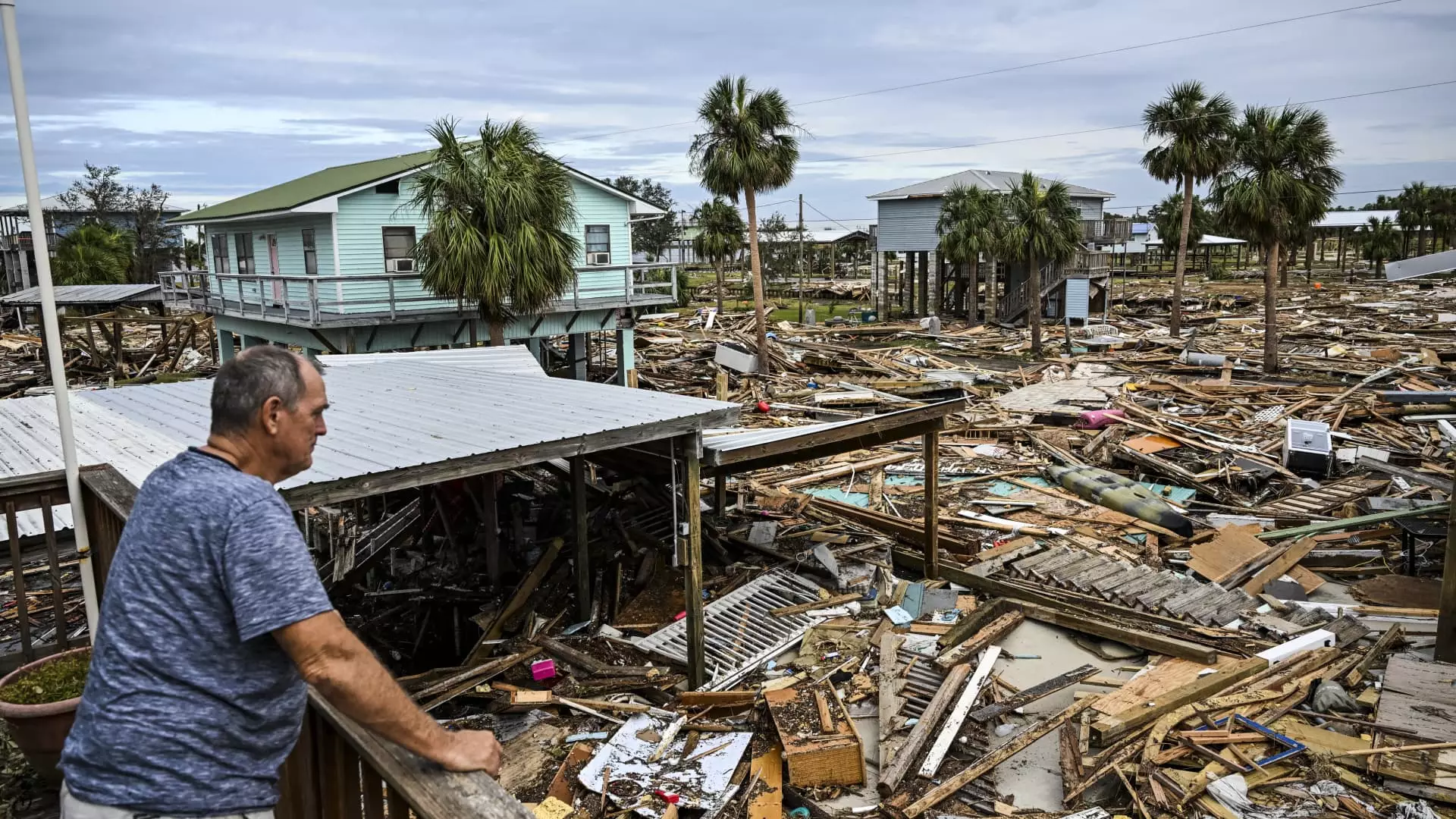Natural disasters not only wreak havoc on communities but also complicate the financial situations of their victims. Many affected individuals seek tax relief to ease the burdens imposed by such catastrophic events. However, navigating the tax implications can be particularly challenging. This article delves into the difficulties faced by disaster victims in qualifying for tax benefits, exemplified by recent hurricanes that have caused unprecedented damage across various states.
In September, Hurricane Helene unleashed a torrent of destruction across Florida, Georgia, North Carolina, South Carolina, Virginia, and Tennessee, followed closely by Hurricane Milton, which further compounded the devastation. The aftermath of these storms left both insured and uninsured properties suffering significant losses, estimated to be in the tens of billions of dollars. Amid the chaos, understanding tax relief options can provide a much-needed lifeline for victims seeking financial recovery.
Victims of these disasters should be aware that they may be eligible for the casualty loss tax deduction. This deduction allows individuals to amend their tax returns for the year 2023 to account for losses incurred due to the storms. However, tax experts caution that the eligibility criteria and calculations involved can be quite convoluted. Mark Luscombe, a certified public accountant and principal federal tax analyst at Wolters Kluwer Tax & Accounting, emphasizes the limitations set by the Tax Cuts and Jobs Act of 2017, which tightened the criteria for claiming casualty losses. Under this act, to qualify for the deduction, losses must be from federally declared disaster areas, and such qualifications are effective only until 2025.
Determining your eligibility for the casualty loss deduction involves several steps. First, individuals need to establish their home’s “adjusted basis,” which comprises the original purchase price plus any significant improvements made to the property. Following this initial assessment, victims must ascertain the decrease in their home’s fair market value caused by the disaster. Beth Brennan, vice chair of the disaster relief tax task force at the American Institute of Certified Public Accountants, notes that appraisals often aren’t available at such critical moments. Fortunately, the IRS has provided “safe harbor methods,” enabling taxpayers to calculate their losses without needing precise appraisals.
Once homeowners ascertain their property’s pre-disaster fair market value, they must compare it to their adjusted basis and select the lesser figure. This value is then adjusted further by subtracting any insurance payouts and relief payments received. A crucial part of the equation includes deducting $100 from the calculated loss, along with an additional 10% of the taxpayer’s adjusted gross income (AGI). Luscombe mentions that a higher AGI can considerably reduce the deductible loss amount, thereby limiting the tax relief’s effectiveness for some individuals.
In specific circumstances, taxpayers may encounter “qualified disaster losses,” which benefit from distinct rules established by congressional actions. For these losses, the initial $100 deductible increases to $500, and there is no limit based on the 10% AGI threshold. Notably, victims can add their losses to the standard deduction, providing them with a potentially more favorable tax position.
The aftermath of natural disasters brings forth a unique set of challenges, particularly when it comes to tax relief. While the casualty loss tax deduction can offer significant assistance for victims, the eligibility criteria and complex calculations involved require careful consideration. As the 2023 tax season approaches, it becomes imperative for those affected by recent hurricanes to seek guidance from tax professionals to fully understand their options and ensure they receive the financial restore they deserve. In these trying times, the right information can act as a crucial resource for recovery.

